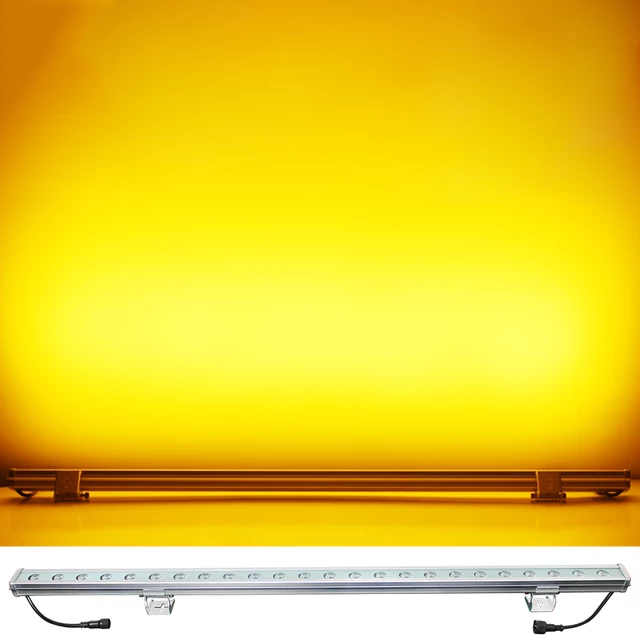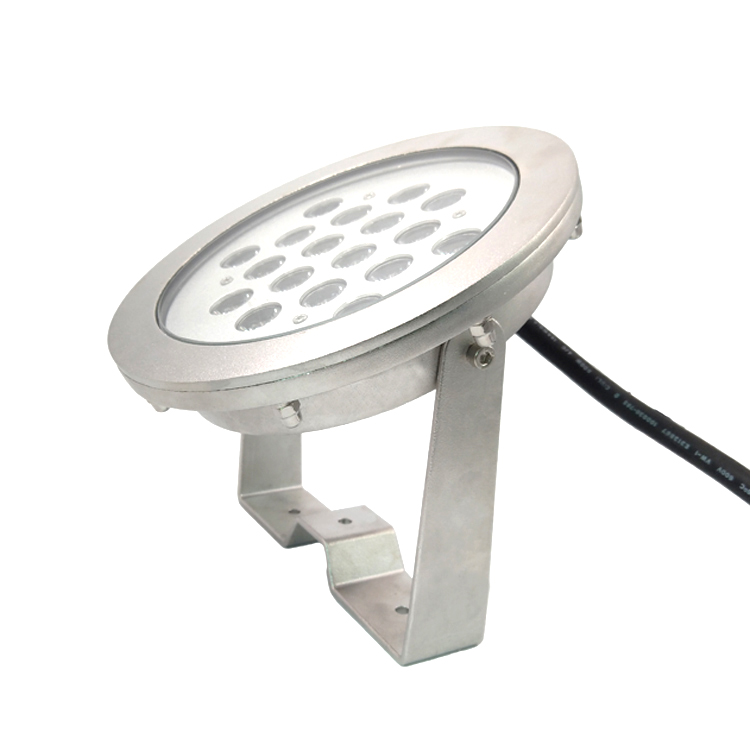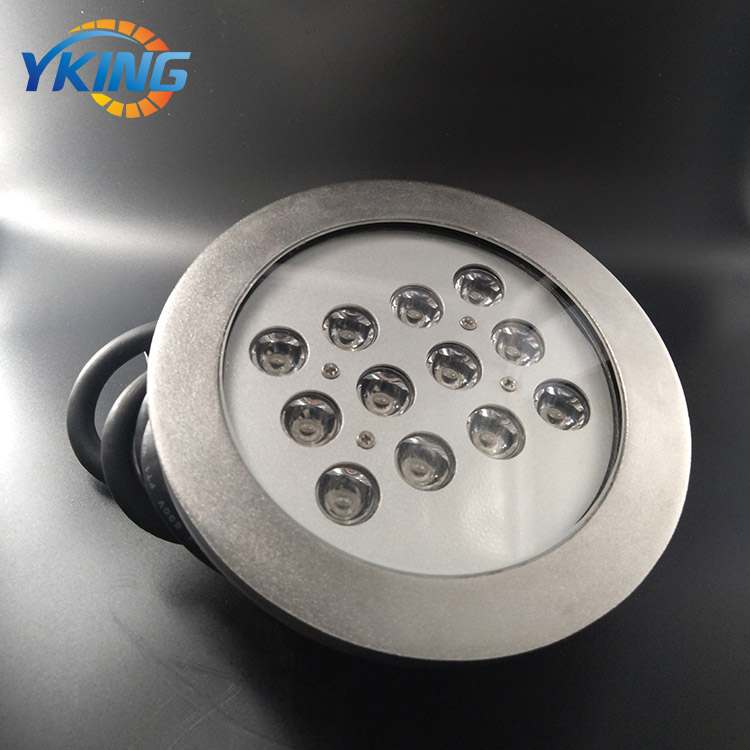Why choose LED to replace the traditional light source?
Aug 16, 2023
Why opt for LED over the outdated conventional light sources?
In today's rapidly evolving world, the demand for innovative and sustainable solutions is ever-increasing. When it comes to illuminating our surroundings, LED (Light Emitting Diode) technology has emerged as the frontrunner, offering several compelling reasons to replace the conventional light sources.First and foremost, LED lighting boasts exceptional energy efficiency. Unlike its older counterparts, LED lights convert a significant amount of electrical energy into light, minimizing wastage and reducing power consumption by up to 80%. This not only translates into substantial cost savings but also contributes to a greener and more sustainable planet.Furthermore, LED lights have an impressively longer lifespan compared to traditional light bulbs. With an average operational life of 50,000 hours or more, LED lights outlast incandescent and fluorescent bulbs multiple times over. This increased durability drastically reduces maintenance and replacement costs, making LED lighting the preferred choice for both residential and commercial applications.In terms of environmental impact, LEDs have a significantly smaller carbon footprint. They contain no toxic materials such as mercury, in contrast to the mercury content in fluorescent bulbs. Consequently, LED lights are not only safer for human health but also reduce the risk of harmful chemical leakage, contributing to a healthier ecosystem.LEDs also offer enhanced versatility and design flexibility. The compact size and directional lighting capabilities of LED technology allow for precision lighting, making them ideal for accentuating architectural features, artwork, or décor elements. Additionally, LED lights are available in a wide range of colors, providing endless creative possibilities for lighting design and ambiance creation.Moreover, LED technology has advanced significantly, enabling the development of smart lighting systems. Integrating LED lights with intelligent controls and sensors facilitates automation, customization, and efficient energy management. This seamless integration enables users to adjust brightness levels, color temperature, and even set automated schedules, ultimately enhancing convenience and comfort while optimizing energy consumption.Lastly, LED lighting offers an improved quality of light. With a higher Color Rendering Index (CRI), LED lights provide a more accurate and vibrant representation of colors, promoting better visibility, visual comfort, and overall well-being for users.In conclusion, LED technology surpasses traditional light sources in numerous aspects. Its unrivaled energy efficiency, extended lifespan, eco-friendliness, design versatility, smart capabilities, and superior quality of light make LED lighting an attractive choice for those seeking modern, sustainable, and aesthetically pleasing illumination solutions. Join the LED revolution and embrace a brighter future.


